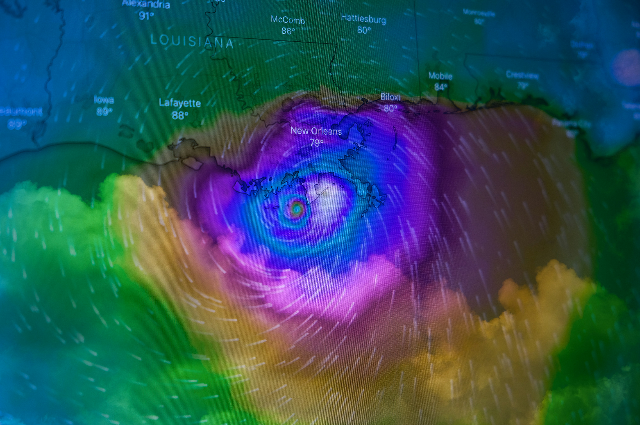
Climate change is no longer a looming threat; it's a pressing reality. The good news? Humanity isn't facing this challenge alone. Artificial intelligence (AI) is emerging as a powerful ally in the fight for environmental sustainability. From optimizing renewable energy to predicting and mitigating natural disasters, AI is equipping us with the tools to build a greener future.
Harnessing the Power of Nature: AI and Renewable Energy
Our dependence on fossil fuels has pushed our planet to the brink. Thankfully, AI offers a path towards cleaner energy sources. Here's how:
Smart Grid Management:
Power grids traditionally operate with a one-size-fits-all approach. AI can analyze real-time data on energy consumption and weather patterns. This allows for dynamic grid management, optimizing energy distribution and integrating renewable sources like solar and wind power more efficiently.
Predicting Renewables:
Solar and wind energy are notoriously intermittent. AI algorithms can analyze weather patterns and predict periods of low or high energy production. This allows for better integration with backup power sources and smoother energy flow within the grid.
Optimizing Solar Panel Placement:
Identifying the perfect locations for solar panels is crucial for maximizing energy production. AI can analyze factors like sunlight exposure, roof angles, and shading patterns to recommend optimal placement for solar panels, ensuring maximum efficiency.
Protecting Our Planet: AI for Disaster Prediction and Mitigation
Natural disasters can wreak havoc on ecosystems and displace communities. AI is becoming a valuable tool for preemptive action:
Early Warning Systems:
By analyzing vast amounts of data on weather patterns, seismic activity, and ocean currents, AI can predict potential natural disasters with greater accuracy. This allows for faster evacuation procedures and targeted resource allocation, saving lives and minimizing damage.
Flood Risk Management:
AI can analyze topographical data and rainfall patterns to identify flood-prone areas. This information can be used to build flood mitigation infrastructure and develop early warning systems for communities at risk.
Fire Prediction and Response:
AI algorithms can analyze satellite imagery and weather data to detect wildfires at an early stage. They can also help predict fire spread patterns, allowing firefighters to deploy resources strategically and minimize damage.
Waste Not, Want Not: AI for Sustainable Waste Management
Waste management is a critical aspect of environmental sustainability. AI can revolutionize waste management practices in several ways:
Optimizing Waste Collection Routes:
AI algorithms can analyze historical data and real-time traffic patterns to design the most efficient routes for waste collection trucks. This reduces fuel consumption, minimizes emissions, and improves overall waste collection efficiency.
Waste Sorting and Recycling:
Traditionally, waste sorting relies on manual labor, which can be inefficient and prone to errors. AI-powered vision systems can identify and categorize different types of waste with high accuracy, facilitating automated sorting and maximizing recycling rates.
Predicting Waste Generation:
AI can analyze data on consumption patterns and population trends to predict future waste generation rates. This allows for better planning of waste management infrastructure and investment in recycling facilities.
Growing Smarter: AI in Precision Agriculture
Agriculture plays a crucial role in climate change, both as a contributor and a potential solution. AI can revolutionize agricultural practices, promoting sustainability and resource conservation:
Precision Irrigation:
AI systems can monitor soil moisture levels and weather patterns to determine the optimal amount of water needed for crops. This reduces water waste, a crucial step in conserving this precious resource.
Yield Optimization:
AI algorithms can analyze data on soil conditions, weather patterns, and crop health to recommend optimal planting times, fertilizer application, and pest control strategies. This leads to increased crop yields while minimizing resource overuse.
Personalized Farming:
AI can analyze data on individual fields and crops to create customized farming plans. This approach accounts for specific soil types, weather conditions, and crop varieties, maximizing productivity while minimizing environmental impact.
The Road Ahead: A Sustainable Future Powered by AI
The potential of AI for environmental sustainability is vast. As research and development continue, we can expect even more innovative applications to emerge. However, it’s crucial to remember that AI is a tool; its effectiveness hinges on responsible development and implementation. We must ensure that AI solutions are designed with sustainability and ethical considerations in mind.
By harnessing the power of AI, we can combat climate change, conserve resources, and build a more sustainable future for generations to come. This isn't just about saving the planet; it's about creating a healthier, greener future for all.
